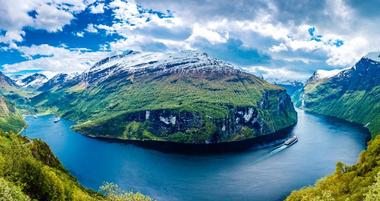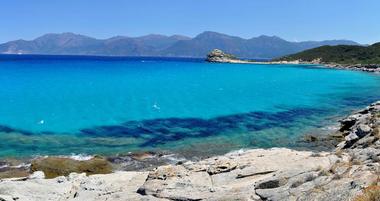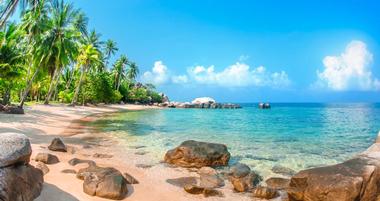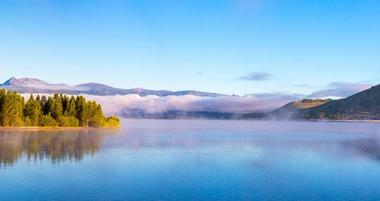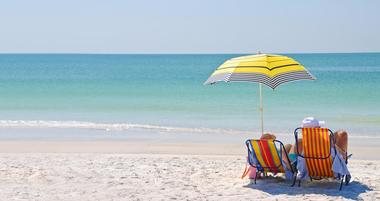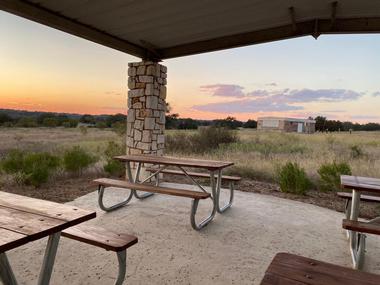Destinations
Whether you’re looking for cozy small-town charm, city festivals, or peaceful escapes in nature, October offers a little bit of everything, making it one of my favorite times to plan special trips and seasonal fun.
Read More11 Underrated Places to Visit in November
Whether you’re chasing the best of foliage in the USA, enjoying unique holiday vibes in New York City, or discovering the underrated warmth of spots like Arizona or Florida, November offers countless ways to make memories.
Read MoreBest Places to Visit in Nebraska
From wide-open prairies to historic towns and dramatic natural landmarks, Nebraska offers some of the best and most unique attractions, many of which feel surprisingly underrated.
Read MoreMost Beautiful Places to Visit Around the World
I think that the most beautiful places to visit around the world are the best kind of travel goals, underrated favorites and unforgettable experiences that stay with you forever.
Read MorePlaces to Go in the Spring in April
April vacations are honestly some of my favorite trip ideas. This season is one of the best times to travel because everything feels fresh, colorful, and full of energy.
Read More10 Wonderful Birthday Vacation Ideas
A birthday trip is one of my favorite ways to make memories that go way beyond a dinner or party. It’s about adventure, relaxation, and doing something that feels truly special just for me (or for someone I love).
Read MorePlaces to Visit in Wyoming
Home to Yellowstone National Park, Grand Teton National Park, and six mountain ranges that surround the Big Horn Basin, it is Wyoming’s majestic outdoors that we wanted to see.
Read MoreMaine Vacations & Places to Visit
Famed for its stunning coastline and quaint fishing towns, Maine can keep both city lovers and nature enthusiasts busy throughout the year.
Read MoreFall Vacation Ideas
Fall vacations are some of the most unique and colorful travel experiences you can plan, and honestly, they’re some of my favorite trips of the year.
Read MoreDay Trips from Seattle, WA
From coastal islands to mountain escapes, Seattle offers easy access to the best mix of scenery, culture, and adventure, often in unique and sometimes underrated destinations just a short drive or ferry ride away.
Read More10 Best Underrated Places to Visit in May
I love how May travel feels underrated compared to peak summer vacations. You get the best mix of beauty, comfort, and affordability, which makes every trip feel even more enjoyable.
Read MorePlaces to Go on Thanksgiving
Thanksgiving means taking some time to appreciate all the blessings you have in your life, so why not give yourself even more to appreciate by planning a weekend getaway?
Read MorePlaces to Go for an Anniversary Trip
I love how anniversary trips can be both underrated and unforgettable. You don’t always need to go far to find the best mix of romance, relaxation, and adventure.
Read MoreSolo Vacation Destinations in the United States
The United States is full of some of the best solo vacation destinations, and they’ve become some of my favorite ways to travel independently.
Read More


